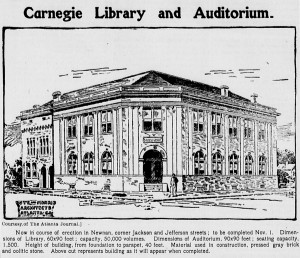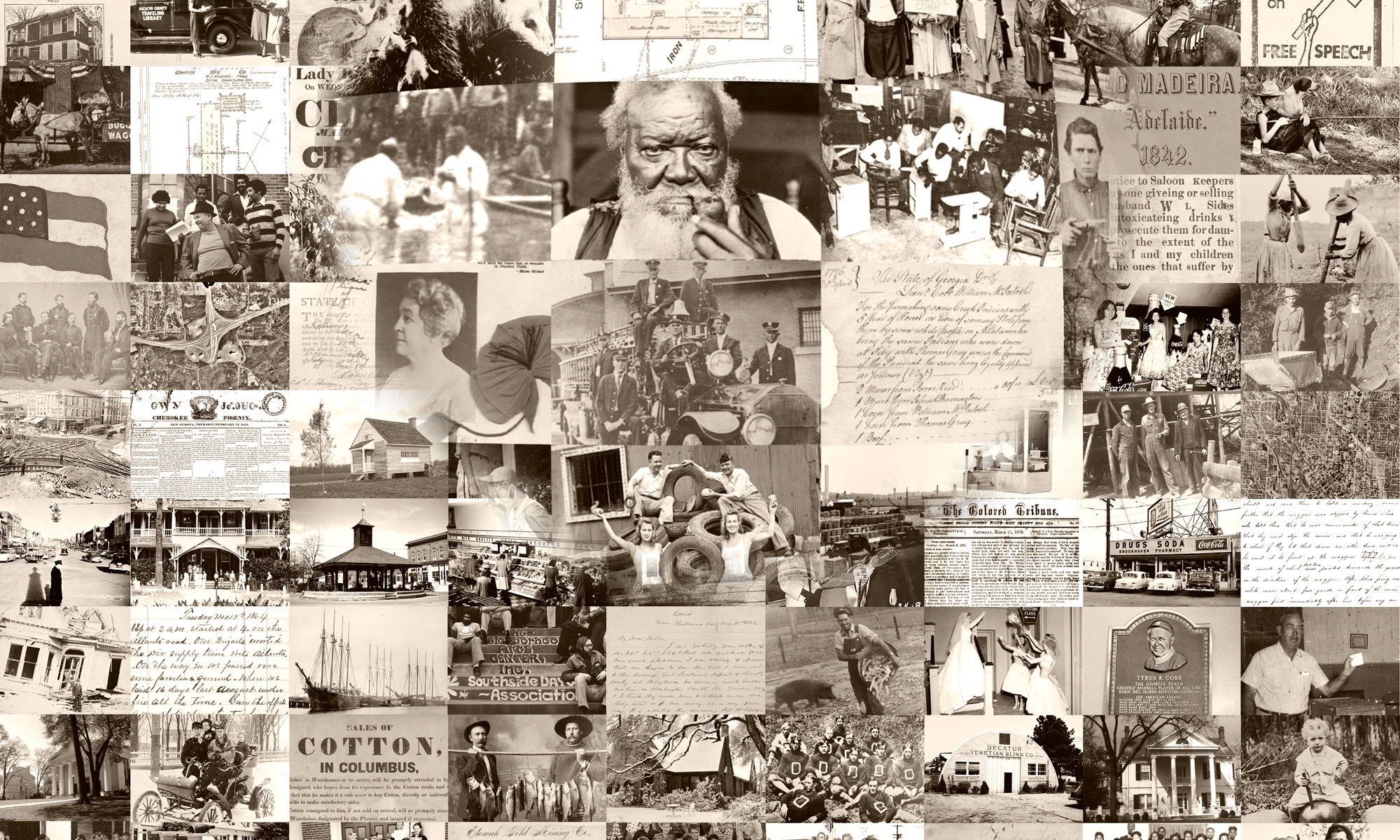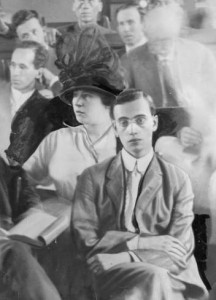The Digital Library of Georgia is pleased to announce the expansion of the West Georgia Historic Newspapers Archive:

http://wgnewspapers.galileo.usg.edu
The West Georgia Historic Newspapers Archive now provides access to thirteen newspaper titles published in seven west Georgia cities (Butler, Carrollton, Dallas, Douglasville, Fayetteville, LaGrange, Newnan) from 1843 to 1942. Consisting of over 67,000 newspaper pages, the archive provides historical images that are both full-text searchable and can be browsed by date. The site is compatible with all current browsers and the newspaper page images can be viewed without the use of plug-ins or additional software downloads.
The archive now includes the following west Georgia newspaper titles: Fayetteville Advertiser (1845), Fayetteville Chronicle (1886), Fayetteville News (1888-1925), Herald and Advertiser (Newnan) (1887-1909), Newnan Herald (1865-1921), Newnan Herald & Advertiser (1909-1915), Newnan News (1906-1907) and Newnan Weekly News (1905-1906), in addition to the titles previously included in the archive: Butler Herald (1876-1942), Carroll Free Press (Carrollton) (1883-1922), Douglas County Sentinel (Douglasville) (1917-1922), LaGrange Herald (1843-1844), LaGrange Reporter (1857-1914), and Paulding/Dallas New Era (1883-1908).
The West Georgia Historic Newspapers Archive is a project of the Digital Library of Georgia, a part of Georgia’s Virtual Library GALILEO and is based at the University of Georgia. Digitization was also made possible through the generosity of the Taylor County Historical-Genealogical Society and the Flint Energies Foundation.
Other newspaper archives available through the Digital Library of Georgia include the Atlanta Historic Newspapers Archive (1847-1922), the Macon Telegraph Archive (1826-1908), the Savannah Historic Newspapers Archive (1809-1880), the Athens Historic Newspapers Archive (1827-1928), the South Georgia Historic Newspapers Archive (1845-1922), the North Georgia Historic Newspapers Archive (1850-1922), the Columbus Enquirer Archive (1828-1890), the Milledgeville Historic Newspapers Archive (1808-1920), the Southern Israelite Archive (1929-1986), the Red and Black Archive (1893-2006), and the Mercer Cluster Archive (1920-1970). These archives can be accessed at http://dlg.galileo.usg.edu/MediaTypes/Newspapers.html


